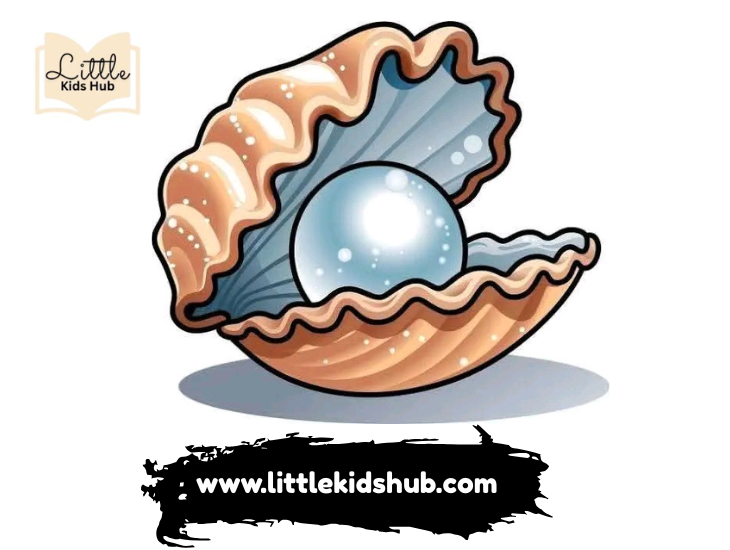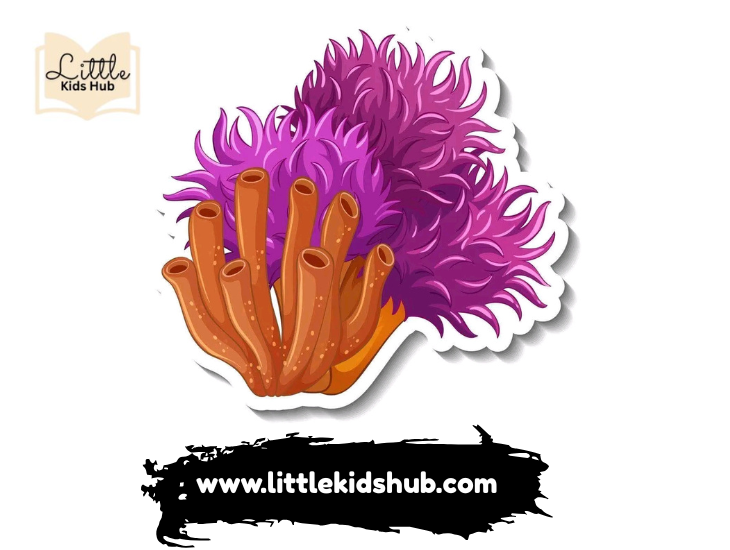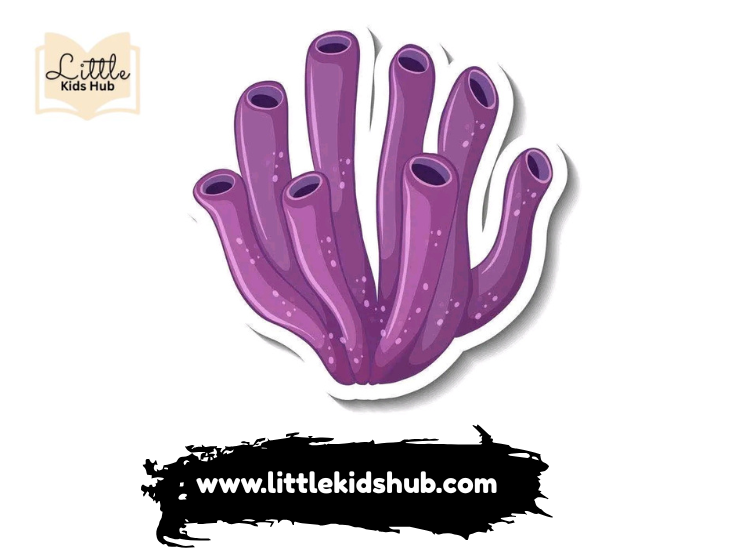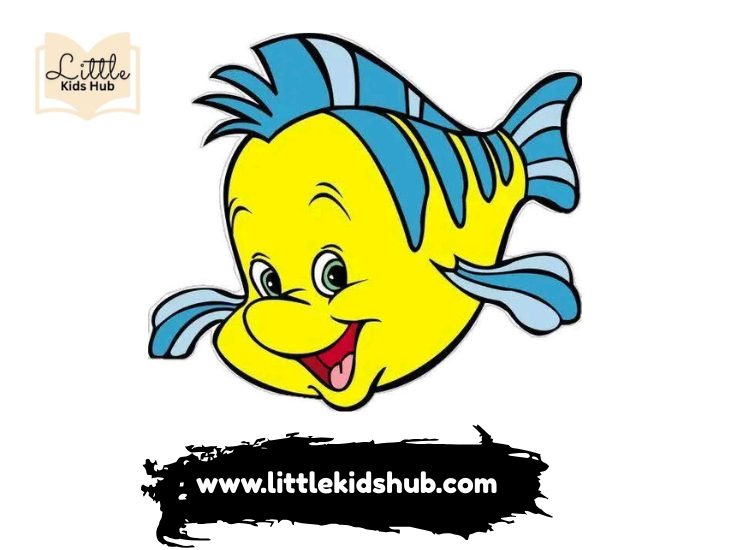Imagine stepping into a classroom that feels more like an inspiring art gallery than a traditional learning space. This transformation isn’t just for show; it can significantly impact kids’ learning outcomes. Classroom decoration plays a vital role in stimulating young minds and creating a sense of belonging. We’ll delve into effective strategies for decorating classrooms that promote engagement and support educational success.

Classroom Decorated With Fish
Transforming a classroom into a vibrant learning environment can be as simple as incorporating fish-themed decorations. The aquatic world offers a rich palette of colors and shapes that can inspire creativity and curiosity among students. From murals depicting coral reefs to hanging paper lanterns shaped like tropical fish, these elements not only brighten the space but also serve as visual cues for lessons on marine biology or environmental science. Imagine a reading corner surrounded by a whimsical underwater scene, where students can dive into stories about ocean adventures or the importance of conservation.
Consider creating a school of fish bulletin board where each student contributes a fish they’ve decorated with their name and a personal goal. This collective display not only fosters a sense of belonging but also acts as a daily reminder of the importance of working together toward common objectives. By integrating such interactive elements, educators can cultivate an atmosphere of support and motivation, all while celebrating the beauty and diversity of marine life.








Exploring the diverse world of fish can be an exhilarating adventure for kids learning about marine life. From the vibrant clownfish, known for its symbiotic relationship with sea anemones, to the majestic blue whale, the largest fish in the ocean, each species has a unique story to tell. Did you know that some fish, like the parrotfish, can change their gender? This fascinating ability not only aids in reproduction but also showcases the adaptability of life beneath the waves.




Additionally, understanding the importance of fish in our ecosystems can spark curiosity in young minds. Fish play critical roles in maintaining the balance of aquatic environments, serving as both predator and prey. Kids can delve into topics like overfishing and conservation efforts, discovering how their choices impact these underwater communities. By engaging with interactive resources or visiting aquariums, children can develop a deeper appreciation for these incredible creatures and inspire a lifelong passion for marine biology.




